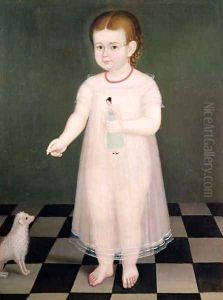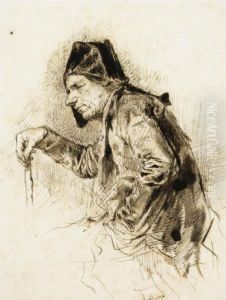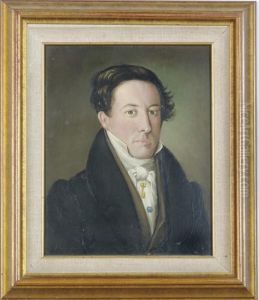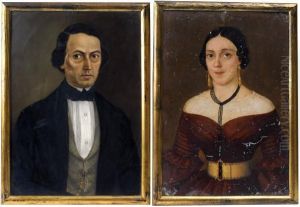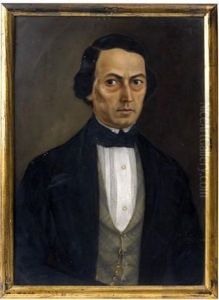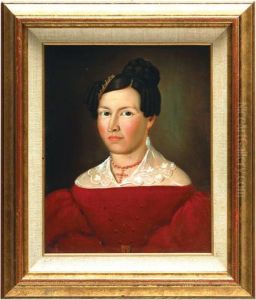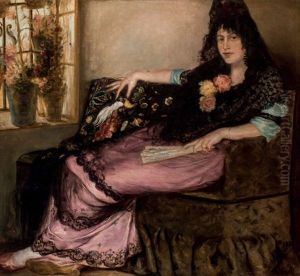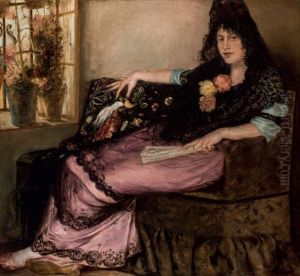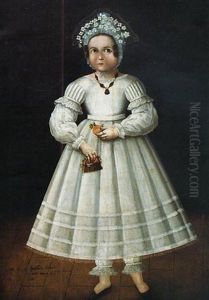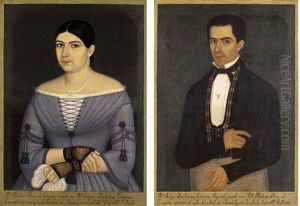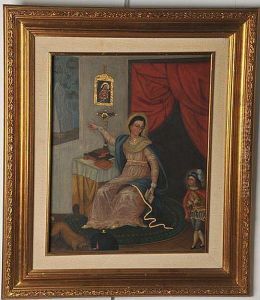Jose Maria Estrada Paintings
Jose Maria Estrada was a notable Mexican painter, born in 1802 in the region that is now known as Mexico. His life and career were deeply entwined with the turbulent era of Mexican history during the 19th century, a period marked by the struggle for independence from Spanish colonial rule, internal conflicts, and the eventual establishment of the Mexican Republic. Estrada's work offers a visual documentation of his time, providing insights into the cultural and social dynamics of Mexico in the 1800s.
Estrada's artistic journey began in an era when Mexico was undergoing significant transformation. The early years of his life were shadowed by the War of Mexican Independence, which lasted from 1810 until 1821, the year before his birth. This period of conflict and the subsequent establishment of an independent Mexico profoundly influenced the themes and subjects of his artwork. Estrada was primarily known for his religious paintings, portraits, and scenes of everyday life, which he executed with a meticulous attention to detail and a vibrant use of color that was characteristic of Mexican art of the period.
Despite the scarcity of comprehensive records on his education and personal life, it is believed that Estrada received formal training in art within Mexico, possibly influenced by the Academy of San Carlos, which was the foremost institution for arts in Mexico City at the time. His works often reflected the social realities of his country, including the pervasive influence of the Catholic Church, the stratification of Mexican society, and the rich tapestry of indigenous and Spanish cultures that defined Mexico's identity.
Jose Maria Estrada's contribution to Mexican art is significant, not only for the quality and beauty of his paintings but also for their historical value. Through his canvases, modern audiences can glimpse the complexities of Mexican society in the 19th century. His ability to capture the essence of Mexican life, with all its contrasts and contradictions, makes his work an invaluable resource for understanding the country's past.
Estrada lived through periods of political instability, reform, and development, which saw Mexico transition from a colony to a republic. He died in 1887, leaving behind a legacy that would inspire future generations of Mexican artists. His paintings are preserved in various museums and collections, where they continue to be studied and admired for their aesthetic qualities and historical significance. Jose Maria Estrada's life and work remain a testament to the rich cultural heritage of Mexico and its enduring spirit through times of change.
